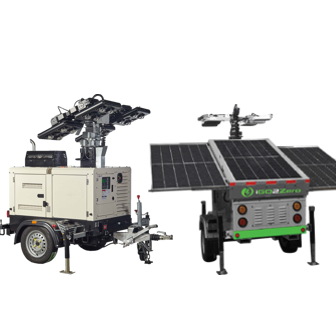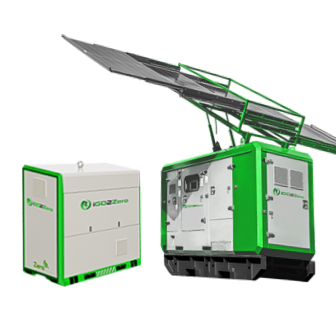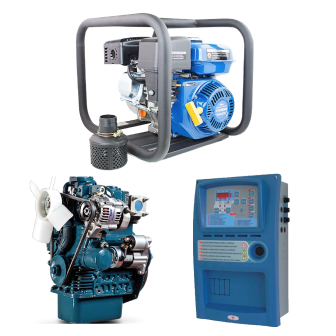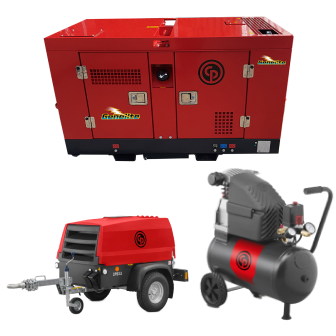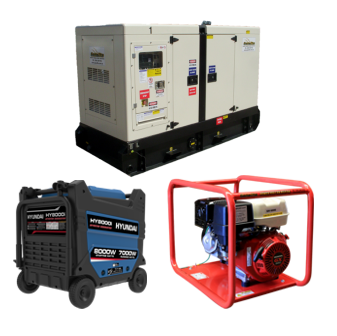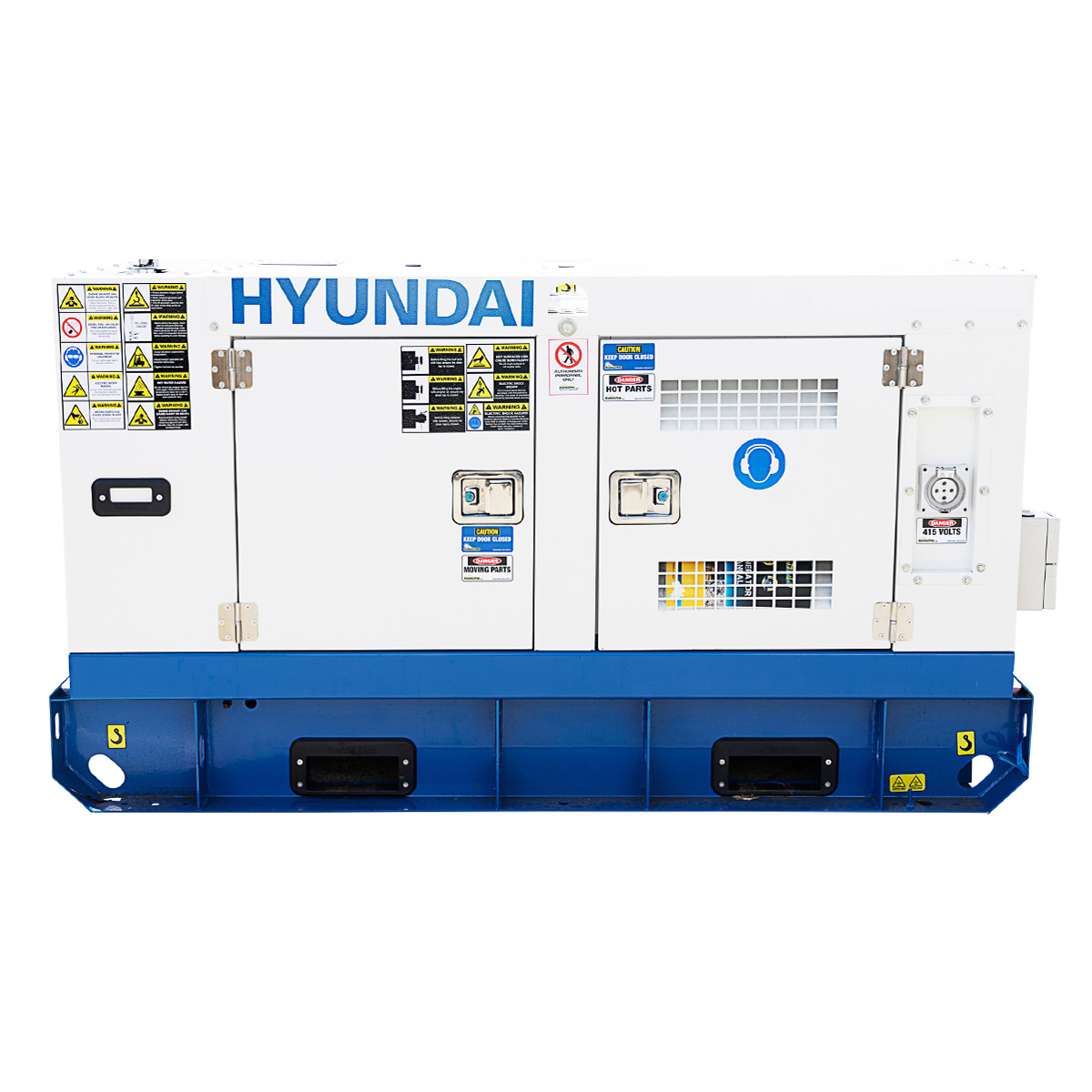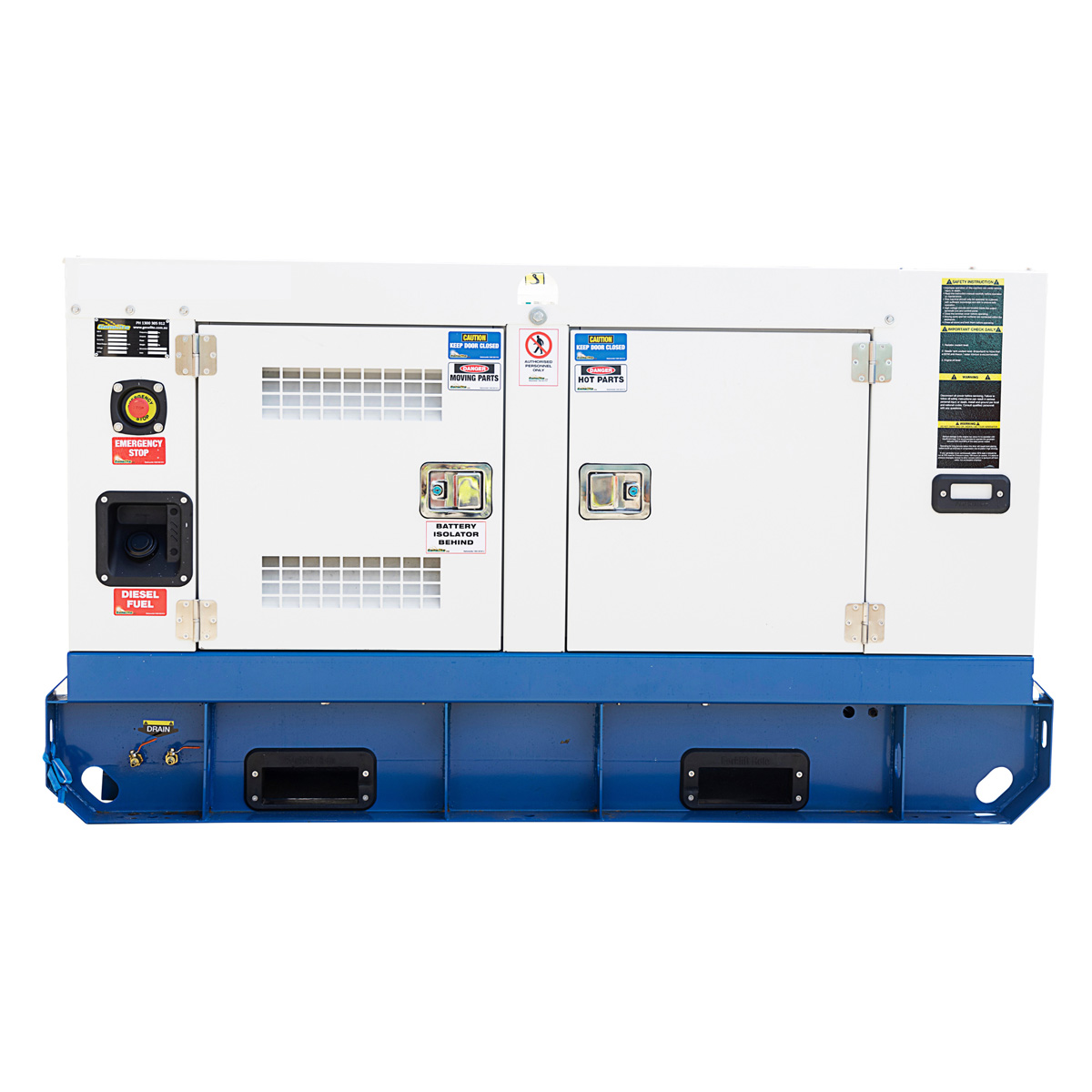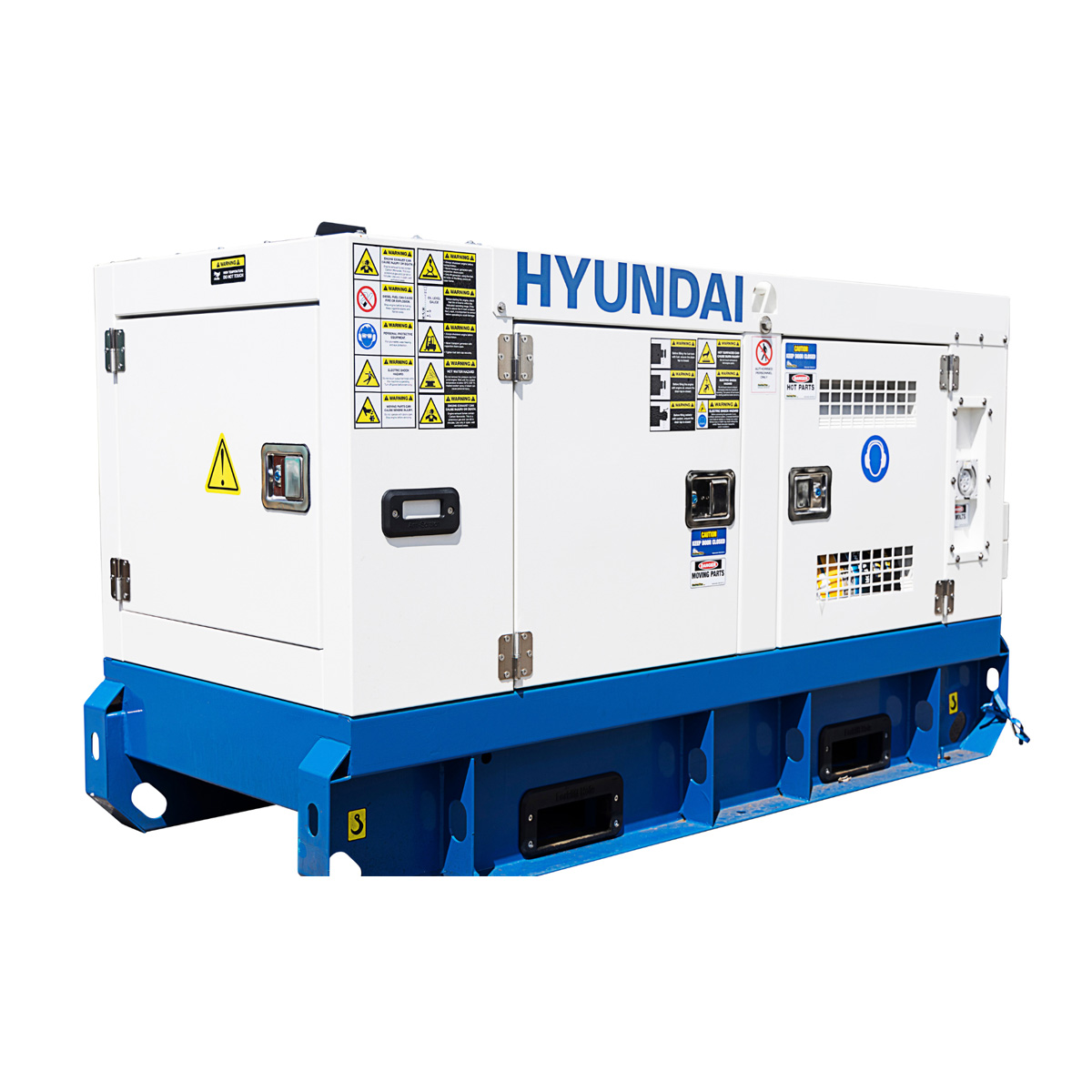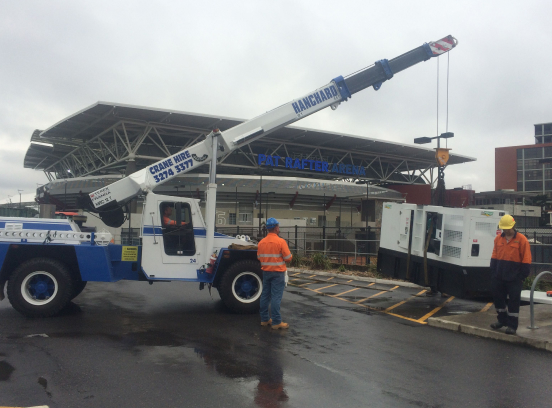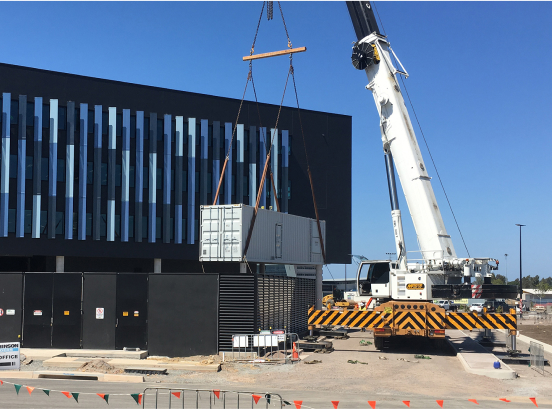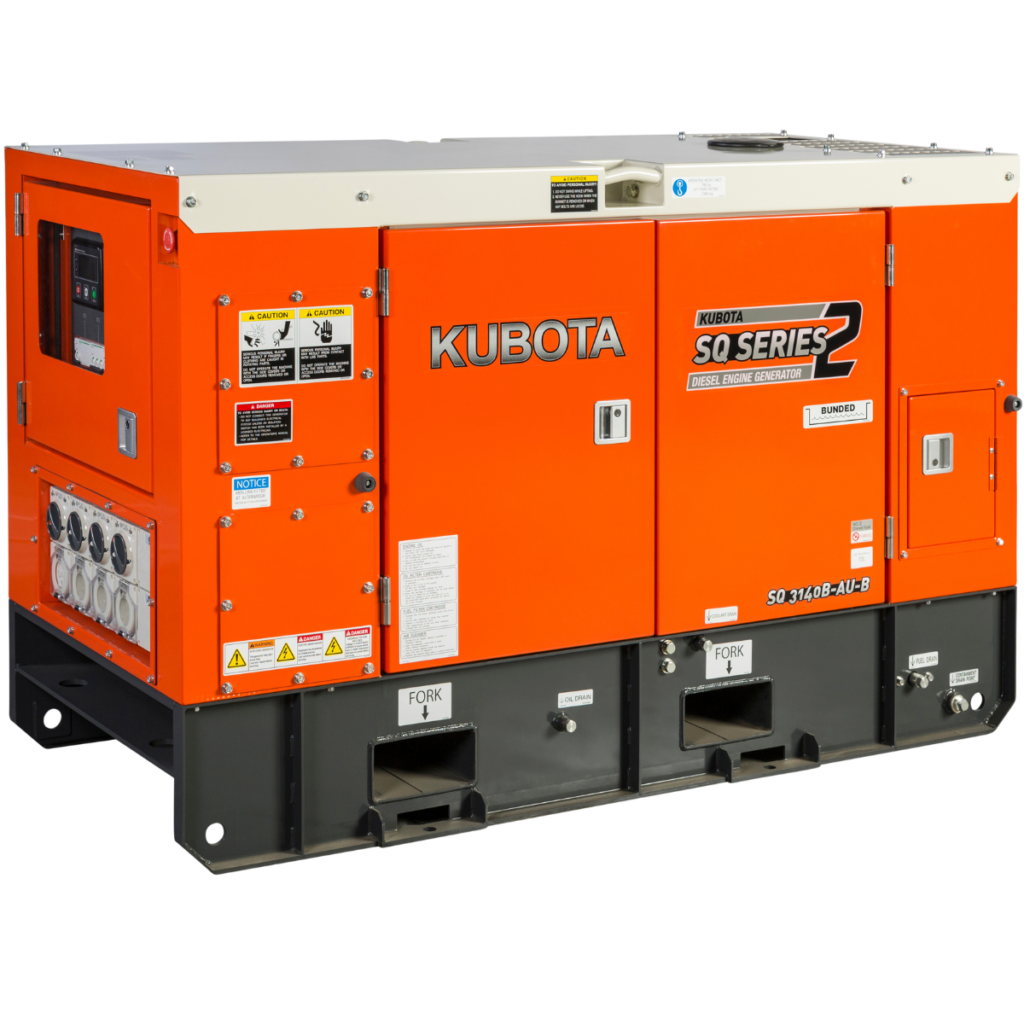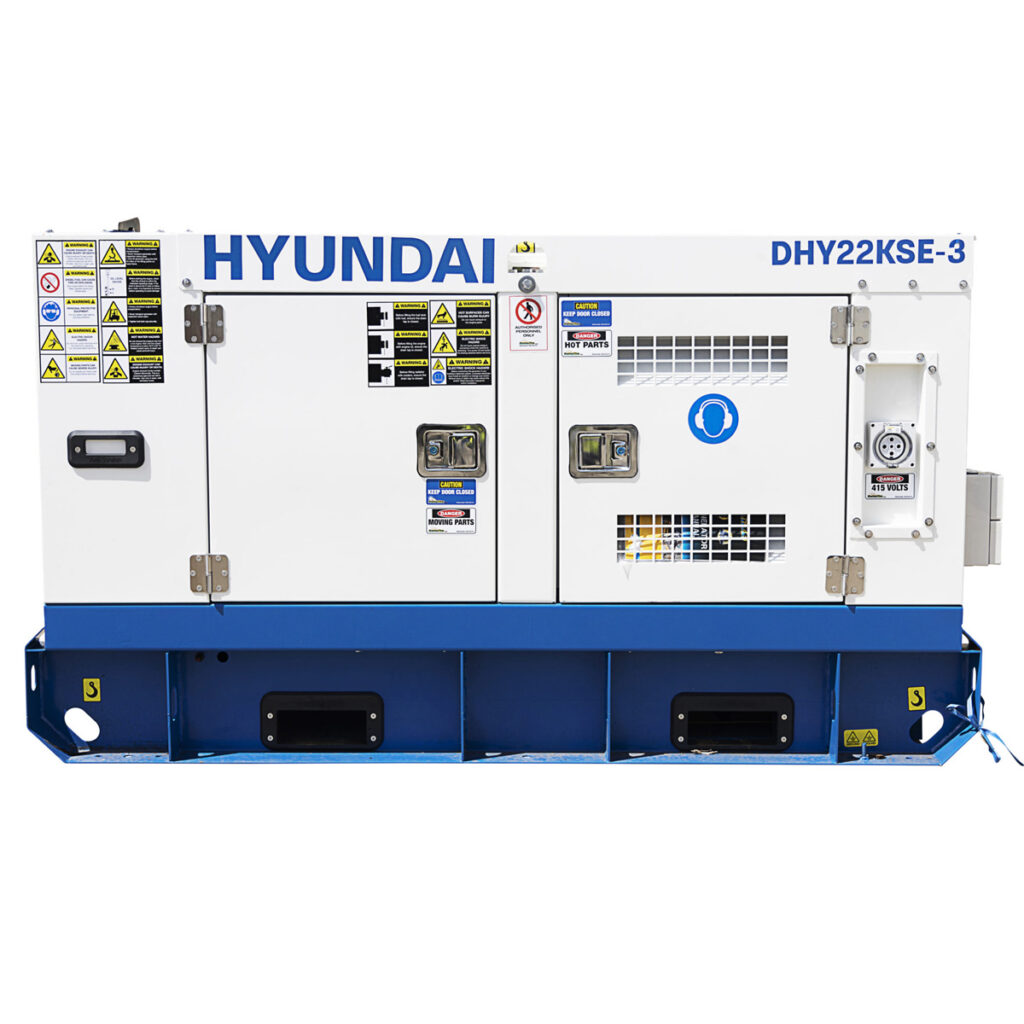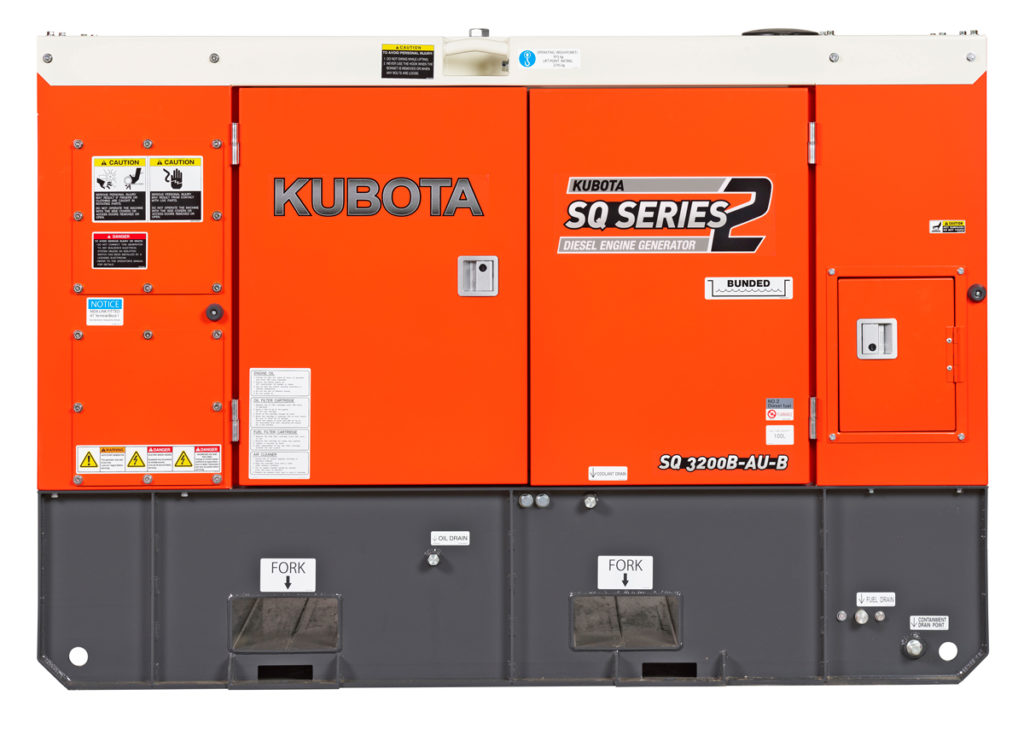
16kVA Hyundai DHY16KSE-3
In Stock
SKU: DHY16KSE-3
The Hyundai DHY16KSE-3 is a three phase diesel generator with a maximum output of 13kW. Designed for domestic or professional use, the DHY16KSE-3 is powered by a Hyundai-4DW81-23D diesel engine and is equipped an AVR alternator to produce clean energy. This means that any sensitive electronic equipment, such as televisions, PCs and laptops, can safely be powered by the DHY16KSE-3.
Specifications Sheets
Express Shipping: Emergency? Ask about immediate dispatch.
Finance Calculator
Product Description - 16kVA Hyundai DHY16KSE-3
The DHY16KSE-3 can be started manually by using the key, or connected to an ATS (Automatic Transfer Switch) system. An ATS system will automatically detect a loss of power from the mains, turn your DHY16KSE-3 on automatically, and then turn it off again when power returns from the mains.
All Hyundai 1500rpm diesel generator sound proof canopies undergo an anti-corrosion painting process called electrophoretic painting. This process ensures all areas of the canopy have an evenly applied thickness of paint, ensuring maximum corrosion protection.
The DHY16KSE-3 benefits from being an economical diesel generator, capable of running on red diesel which is significantly cheaper than road diesel and is safer to store than petrol.
Running at 1500rpm, the engine is stressed less than in 3000rpm generators and this helps extend the lifespan of the machine if properly serviced.
Product Specifications
Model
DHY16KSE-3
Engine
Hyundai 4DW81-23D diesel engine
Standby Power Output
13kW / 16kVA
Prime Power Output
12W / 15kVA
Fuel Tank Capacity
80 litres
Dimensions
203.8 x 85 x 112.5 cm
Weight
900 kg
Product FAQs
General – Can I use this generator to charge my power tool batteries?
Charging battery packs is fine from a conventional generator, we’d recommend having a steady load on the generator and don’t connect appliances that will cause the load to jump around during charging.
Which is better, diesel or petrol?
Diesel generators operate at much lower temperatures than petrol-fuel generators and decrease overall wear and tear associated with running a generator often for a longer period of time at much less rotation per minute.
Why is underloading a diesel generator a problem?
A diesel engine needs to operate under substantial load, to reach its optimum operating temperature. If it fails to reach this temperature, then a percentage of the fuel will be unburnt and a build-up of soot can occur.
Within the engine soot can cause internal glazing of the cylinder bores, sticking of the piston rings, reducing compression and the injectors are likely to have a build-up of carbon causing more unburnt fuel to pass through the combustion chamber into the exhaust.
The first sign of this problem is heavy smoke from the exhaust, eventually, the unburnt fuel will condense in the exhaust and mix with the soot, to create a thick dark liquid that looks like engine oil. This liquid will seep from the exhaust and will appear to be an oil leak. This liquid can build up in the exhaust silencer and there is the risk of it igniting from the increased heat of the exhaust fumes, if the generator is subsequently put under full load.
If a generator continues to be operated with no load or very light load there is a possibility that permanent engine damage can occur.
How to avoid underloading a diesel generator?
When specifying a new generator, ensure that the unit is adequate for the requirement, without being too large. If the machine is future proofed with additional capacity, or the existing installation is over capacity, a load bank testing programme must be implemented. The load bank should be used to create an artificial demand for between 75% and 100% of prime load and this, in most circumstances, will burn off carbon deposits, prolonging the life of the generator. Typically, the generator should be run at 75% of prime power for 2 hours in every 100 hours use.
Is it safe to store generator in garage in Australia?
Never use a generator in an attached garage, even with the door open. Place generators so exhaust fumes can’t enter the home through windows, doors or other openings; the exhaust must be directed away from the building.
What can cause a diesel generator not to start?
Four reasons why your generator fails to start:
- Battery Failure. One of the most common reasons a generator will not start is due to a battery failure.
- Low Coolant Levels. Without radiator coolant, an engine would soon overheat, leading to mechanical breakdown and engine failure.
- Bad fuel mix.
- Controls not in auto.
Is it normal for a diesel to smoke on start-up?
It is acceptable for all but the most modern diesels to experience white smoke at start-up. But this should disappear after the engine warms up.
How do you maintain a diesel generator?
Preventive maintenance should include a regular general inspection that includes checking the coolant level, oil level, fuel system, and starting system. The charge-air cooler piping and hoses should be inspected regularly for leaks, holes, cracks, dirt and debris that may be blocking the fins or loose connections.
Is it OK to let generator run out of diesel?
Generators should not be left to run until they are out of fuel. Running out of fuel may cause your generator’s coils to lose their magnetism. This happens because the appliances being powered drain the residual magnetism of the generator when the load is abruptly stopped.
What are the parts of diesel generator?
The main parts of a diesel generator:
- Diesel Engine.
- Fuel System.
- Voltage Regulator.
- Cooling System & Exhaust System.
- Lubrication System.
- Battery Charger.
- Control Panel.
- Main Assembly Frame or Skid.
Why do generators run at 1500 RPM?
Because 1500rpm diesel generators have slower running engines, which are less-stressed than the smaller models, they’re suitable for static installation for daily prime power, as well as for standby use. The lifespan of one of these generators can last for 10,000+ hours

